Takasaki Station: Shinkansen Access, Tickets & Things to Do
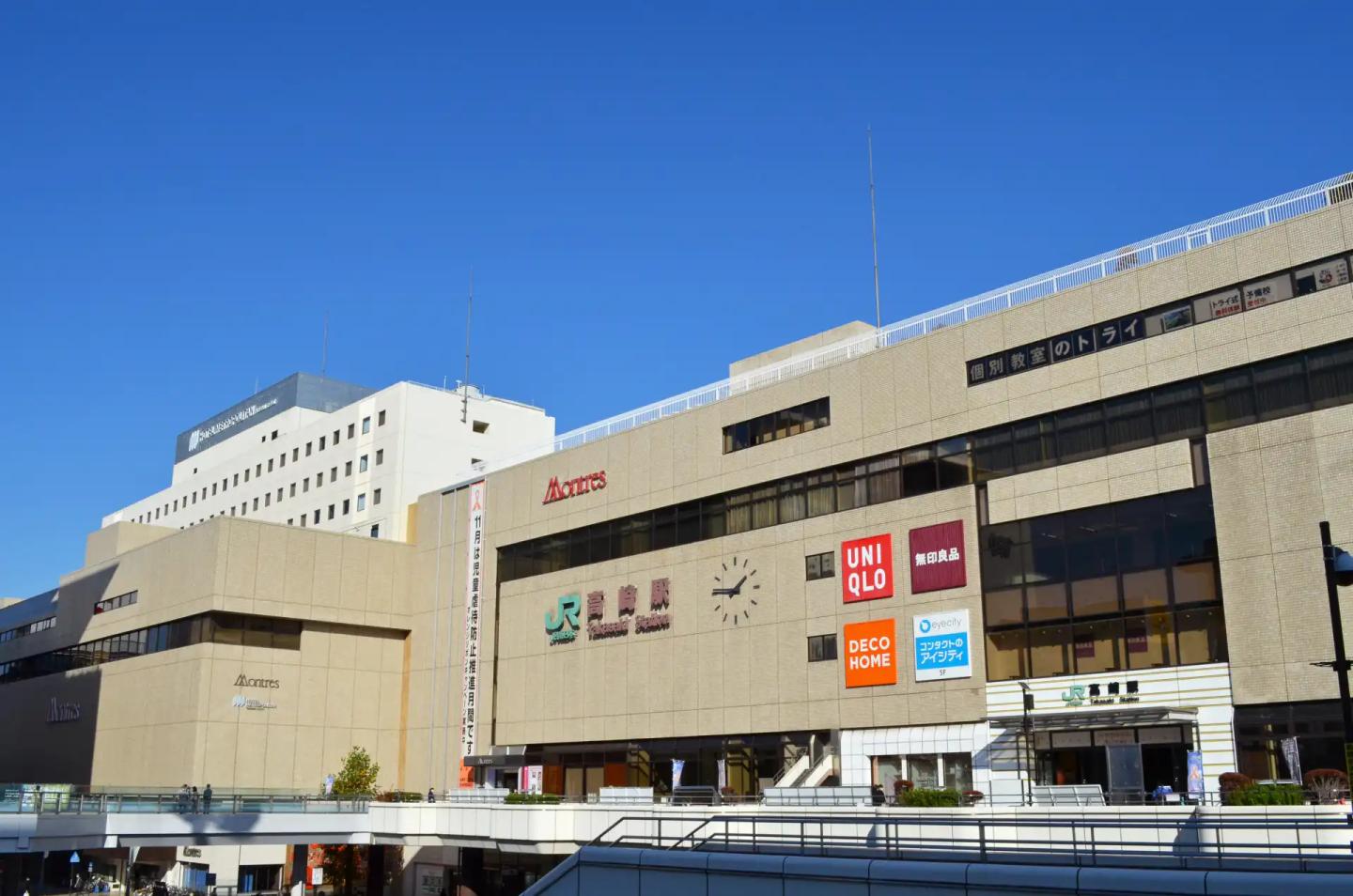
Takasaki Station is a key train hub for travelers heading to northern Japan. Located in Gunma Prefecture, this station connects two major Shinkansen (bullet train) lines.
From here, you can easily reach popular destinations like Niigata, Kanazawa, and famous onsen (hot spring) towns. Whether you want to visit mountains, historic temples, or relaxing hot spring resorts, understanding Takasaki Station will help make your journey smooth and enjoyable.
Takasaki Station Overview
Takasaki Station is one of the most important junction stations in eastern Japan, located in Gunma Prefecture about 100 kilometers northwest of Tokyo. Two major Shinkansen lines diverge here: the Joetsu Shinkansen to Niigata and the Hokuriku Shinkansen to Kanazawa.
This location makes the station an important hub for travelers moving between eastern and northern Japan. For international visitors, it provides excellent connections to Tokyo as well as access to Japan's beautiful natural areas and cultural sites.
Shinkansen Lines from Takasaki Station
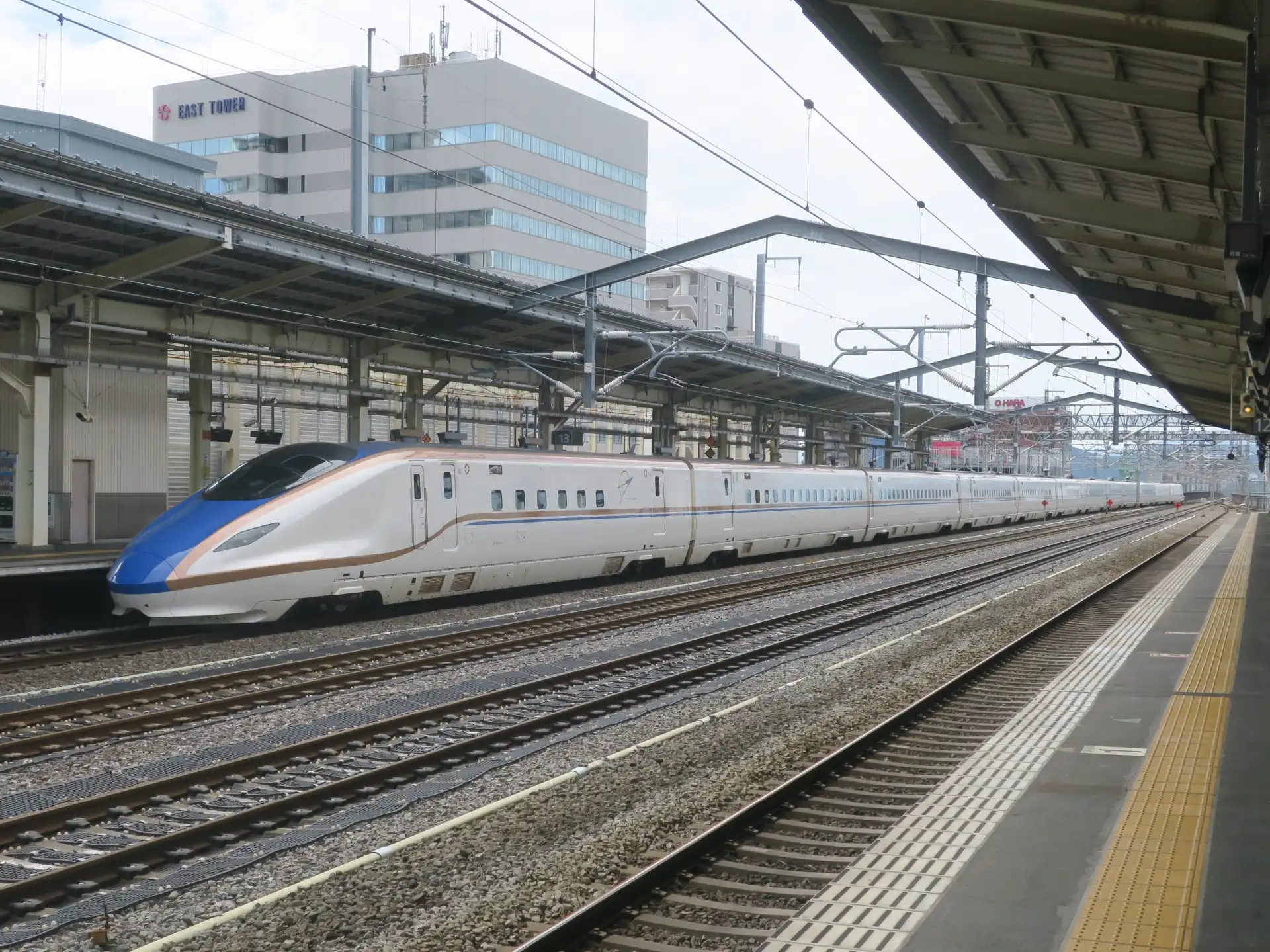
Joetsu Shinkansen to Niigata
The Joetsu Shinkansen connects Takasaki to Niigata Prefecture through beautiful mountain areas. The trip usually takes 1 hour 10 minutes to 1 hour 30 minutes, depending on which type of train you take.
Joetsu Shinkansen to Tokyo
In the opposite direction, the Joetsu Shinkansen links Takasaki with Tokyo. The journey takes about 50 minutes to 1 hour. Some services also stop at Ueno Station, which can be convenient for travelers staying in northern Tokyo.
Hokuriku Shinkansen to Kanazawa and Toyama
The Hokuriku Shinkansen goes from Takasaki through the Japanese Alps to reach Kanazawa and Toyama. From Takasaki to Kanazawa, the trip takes about 2 hours 15 minutes to 2 hours 45 minutes. You can reach Toyama in about 1 hour 40 minutes to 2 hours.
Hokuriku Shinkansen to Tokyo
The Hokuriku Shinkansen also connects Takasaki to Tokyo, with journey times of around 50 minutes to 1 hour. Many trains stop at both Ueno and Omiya Stations before reaching Tokyo Station.
Transfers and Access to Takasaki Station
Station Map and Layout
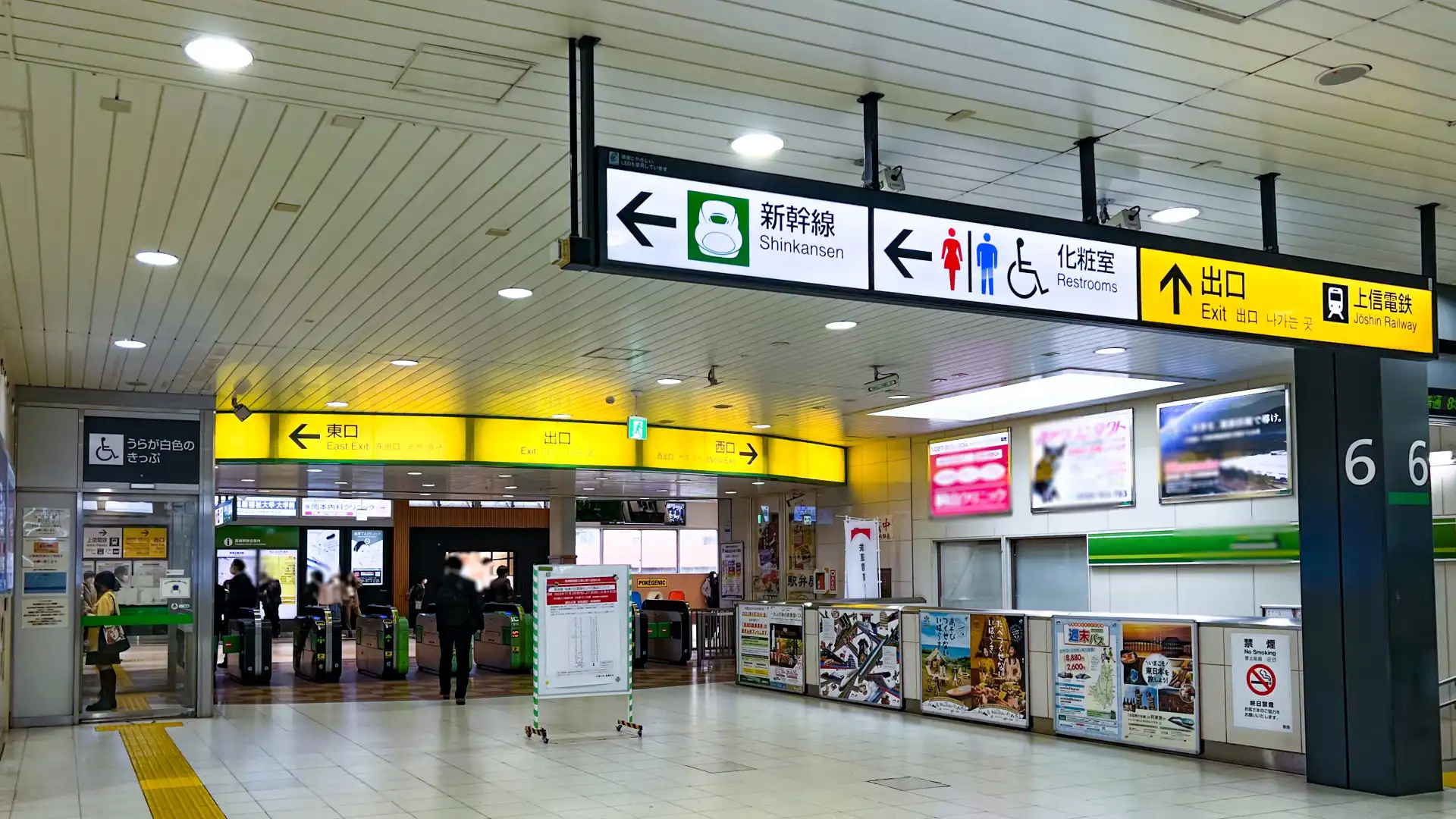
Takasaki Station has a clear layout that separates different railway services across multiple levels. The main concourse is located on the 2nd floor, where you will find ticket gates, waiting rooms, shopping areas, and access to local train platforms.
The Shinkansen platforms are on the 3rd floor:
- Platforms 11 and 12 serve Joetsu and Hokuriku Shinkansen trains bound for Niigata, Kanazawa, and other destinations in the north (downbound).
- Platforms 13 and 14 serve Joetsu and Hokuriku Shinkansen trains bound for Tokyo and Ueno (upbound).
Conventional JR lines, including local and limited express trains, operate from the ground-level platforms.
● See More: Guide Maps for Major Stations (Takasaki Station) by JR-EAST
Transfers Between Shinkansen and JR Local Lines
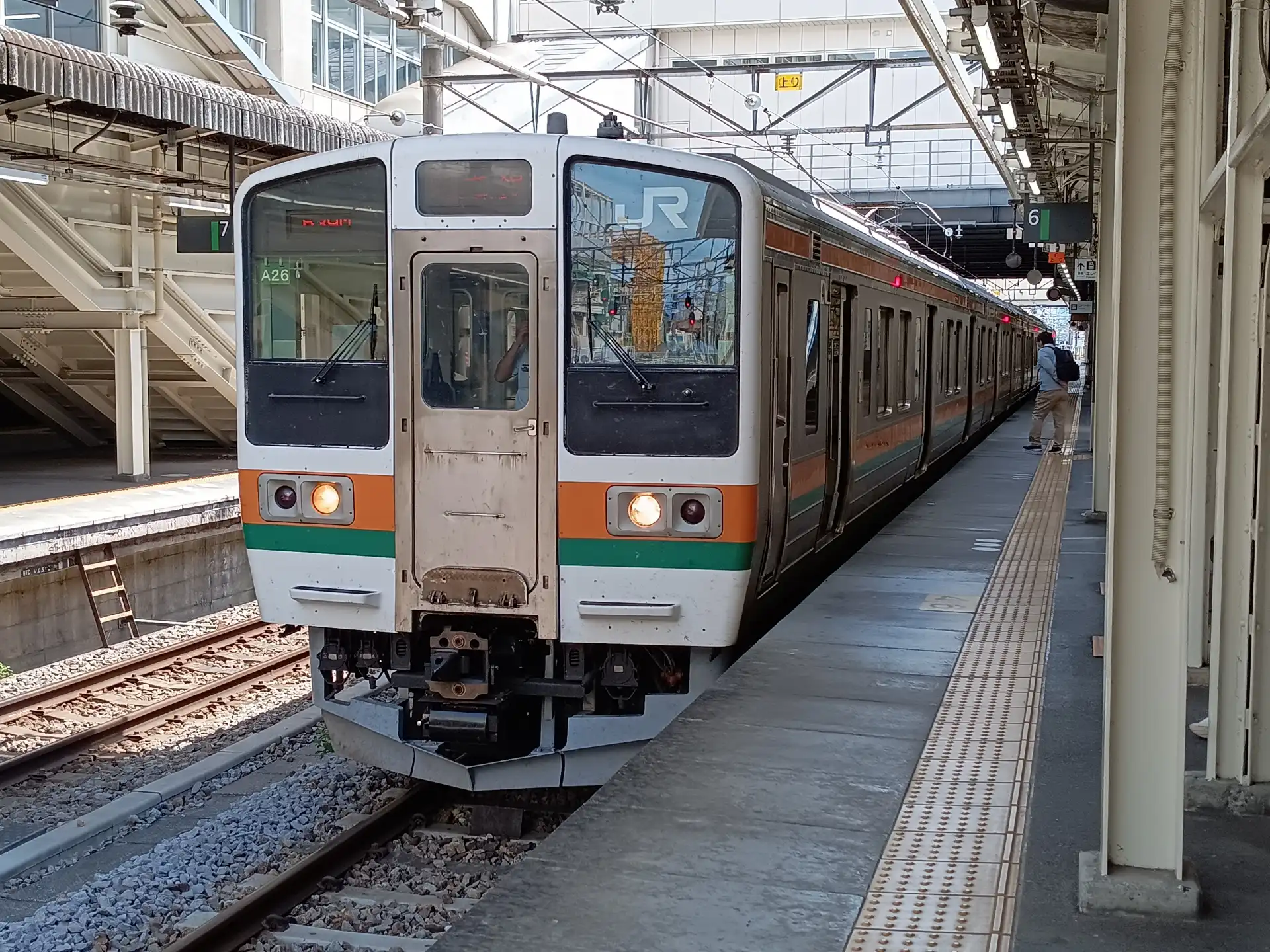
Transferring between the Shinkansen and conventional JR lines at Takasaki Station is convenient, as the station layout is designed to connect the platforms efficiently.
- Shinkansen platforms (3rd floor):
- Conventional line platforms (ground level):
Takasaki is served by several JR lines, including the Takasaki Line to Ueno and Tokyo, the Agatsuma Line to Kusatsu Onsen, the Joetsu Line to Minakami and Echigo-Yuzawa, and the Ryomo Line to Maebashi and Ashikaga.
Passengers can move between the Shinkansen concourse on the 3rd floor and the local train concourse on the 2nd floor via escalators, elevators, and stairways. Clear signs in multiple languages and color-coded guidance help travelers navigate smoothly.
Transfer times are usually 5–10 minutes, depending on your connection and walking speed. During peak travel periods, allow extra time as concourses and ticket gates may be busy.
Access from Tokyo, Ueno, and Shinagawa
Getting to Takasaki Station from Tokyo's major stations is easy using the Shinkansen network:
- Tokyo to Takasaki: Both the Joetsu and Hokuriku Shinkansen provide direct service. Journey times are typically around 48 minutes to 1 hour, with many trains arriving in about 50 minutes. The fastest trains may take less than 50 minutes.
- Ueno to Takasaki: Direct Shinkansen connections are available with similar travel times to Tokyo Station, usually around 50 minutes. This option can be convenient for travelers staying in northern Tokyo areas.
- Shinagawa to Takasaki: There are no direct Shinkansen services from Shinagawa to Takasaki. Passengers need to transfer at either Tokyo or Ueno Station. The total journey time, including transfer, usually ranges from 1 hour 20 minutes to 1 hour 40 minutes.
Access from Haneda and Narita Airport
Traveling from Tokyo's airports to Takasaki Station requires connecting through the city center:
- Haneda to Takasaki: Take the monorail or Keikyu line to central Tokyo, then transfer to the Shinkansen at Tokyo or Ueno Station. Total journey time usually ranges from 2 to 2.5 hours.
- Narita to Takasaki: Use the Narita Express or Keisei Skyliner to reach Tokyo or Ueno Station, then continue on the Shinkansen to Takasaki. Allow about 2.5 to 3 hours for the complete journey, including transfer time.
Shinkansen Tickets at Takasaki Station
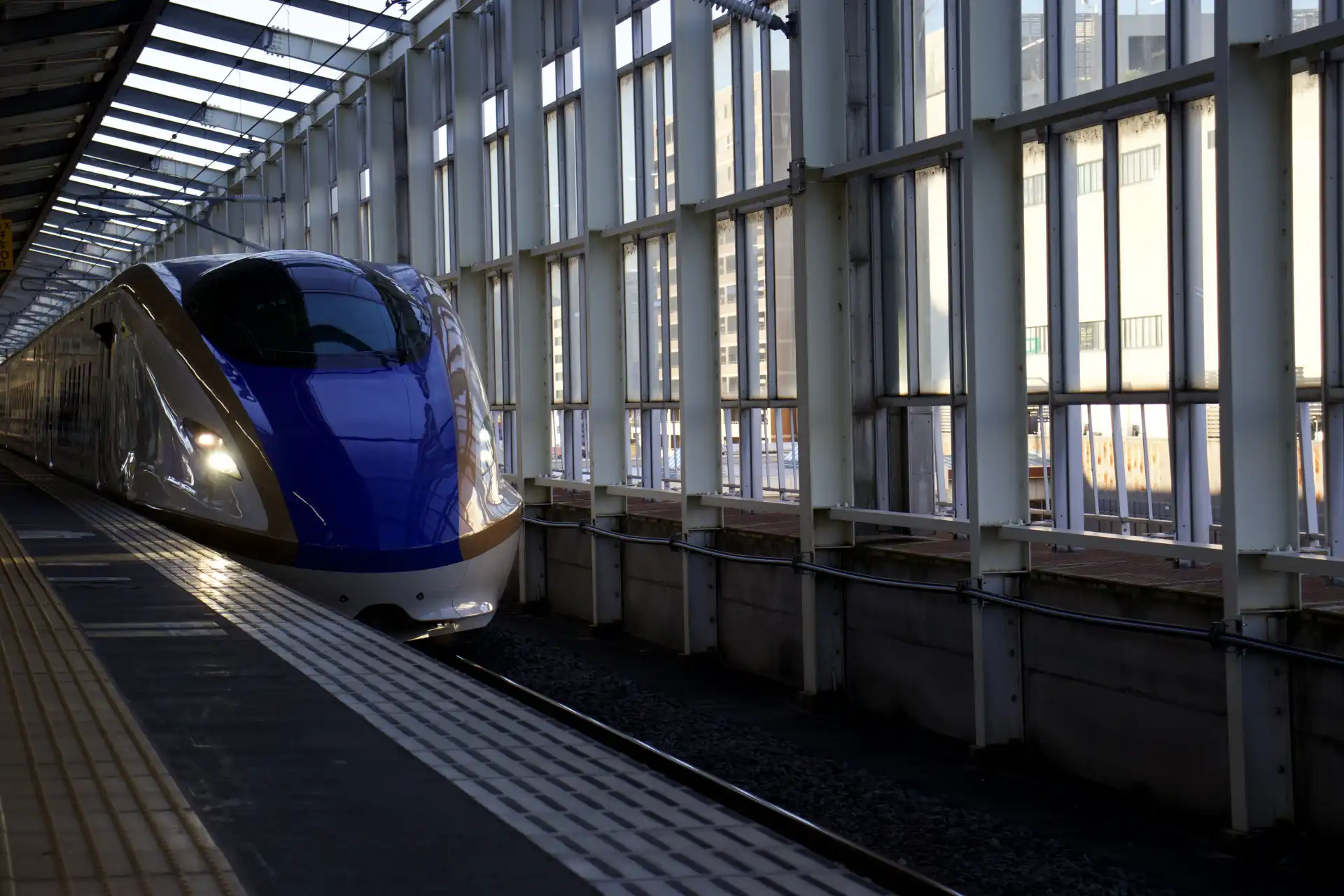
Ticket Options
Takasaki Station offers several ticket options for Shinkansen travelers. You can buy standard one-way or round-trip tickets for the Joetsu or Hokuriku Shinkansen, depending on your destination. Tickets are available for both reserved and non-reserved seats.
The Japan Rail Pass (JR Pass) can also be used at Takasaki Station on eligible Shinkansen services.
How to Buy Shinkansen Tickets
You can buy Shinkansen tickets at Takasaki Station using the following options:
- Ticket Machines: Located near the main concourse, supporting English, Chinese, and Korean. They accept cash, IC cards, and credit cards.
- JR Ticket Office (Midori-no-madoguchi): Staffed counters where you can purchase tickets or ask for travel assistance.
- Travel Service Center: Useful for JR Pass exchanges and same-day bookings.
While purchasing tickets in person is simple, many travelers prefer to arrange everything before arrival. For convenience and peace of mind, it’s recommended to book your Shinkansen tickets online with Japan Bullet Train.
Online Booking with Japan Bullet Train
With Japan Bullet Train, you can book Shinkansen tickets online anytime. The service supports multiple languages and accepts international credit cards.
You’ll receive a QR code that can be exchanged for a physical ticket at Takasaki Station or other major JR East stations. This helps you avoid waiting at ticket counters and ensures a smooth start to your journey — especially for international travelers planning ahead.

Takasaki Station Facilities and Services
Coin Lockers at Takasaki Station
Takasaki Station provides coin locker facilities in seven locations, both inside and outside the ticket gates. They come in different sizes to accommodate items ranging from backpacks to full-size suitcases.
Here is a quick guide to the main locker locations:
- 1F West Exit (outside gates): Convenient before leaving through the west side or when meeting taxis and buses.
- 1F East Exit (outside gates): Useful for travelers heading toward the bus terminal or city center.
- 2F Central Concourse (inside gates): Large number of lockers, ideal for passengers transferring to the Shinkansen.
- 2F South Exit (outside gates): Near escalators and shopping facilities, good for storing bags while exploring.
- 2F North Exit (outside gates): Easy access to the tourist information center.
- 2F Conventional Line platforms (inside gates): Smaller lockers located close to local and limited express trains.
- 3F Shinkansen platforms (inside gates): Includes large-size lockers, convenient for travelers with big suitcases.
These lockers are well distributed across the station, making it easy to find one that suits your needs whether you are catching a train, shopping, or sightseeing in Takasaki.
Restaurants and Local Food at Takasaki

Takasaki Station is also a spot to enjoy Gunma’s local food. From iconic ekiben to sit-down meals, you’ll find plenty of choices inside the station and its shopping complex (Takasaki Montres).
Local specialties to try
Toge no Kamameshi (rice with vegetables in a ceramic pot) and the Daruma Bento (in the shape of Takasaki’s lucky doll) are must-try ekiben. Other favorites include Torimeshi Bento (chicken rice) and sweet Yaki Manju. These make perfect take-out meals for your Shinkansen ride.
Dining inside the station
On the 5th floor of Montres, restaurants serve Gunma specialties such as Takasaki Pasta and Mizusawa Udon, one of Japan’s three great udon types.
Shopping Areas at Takasaki Station
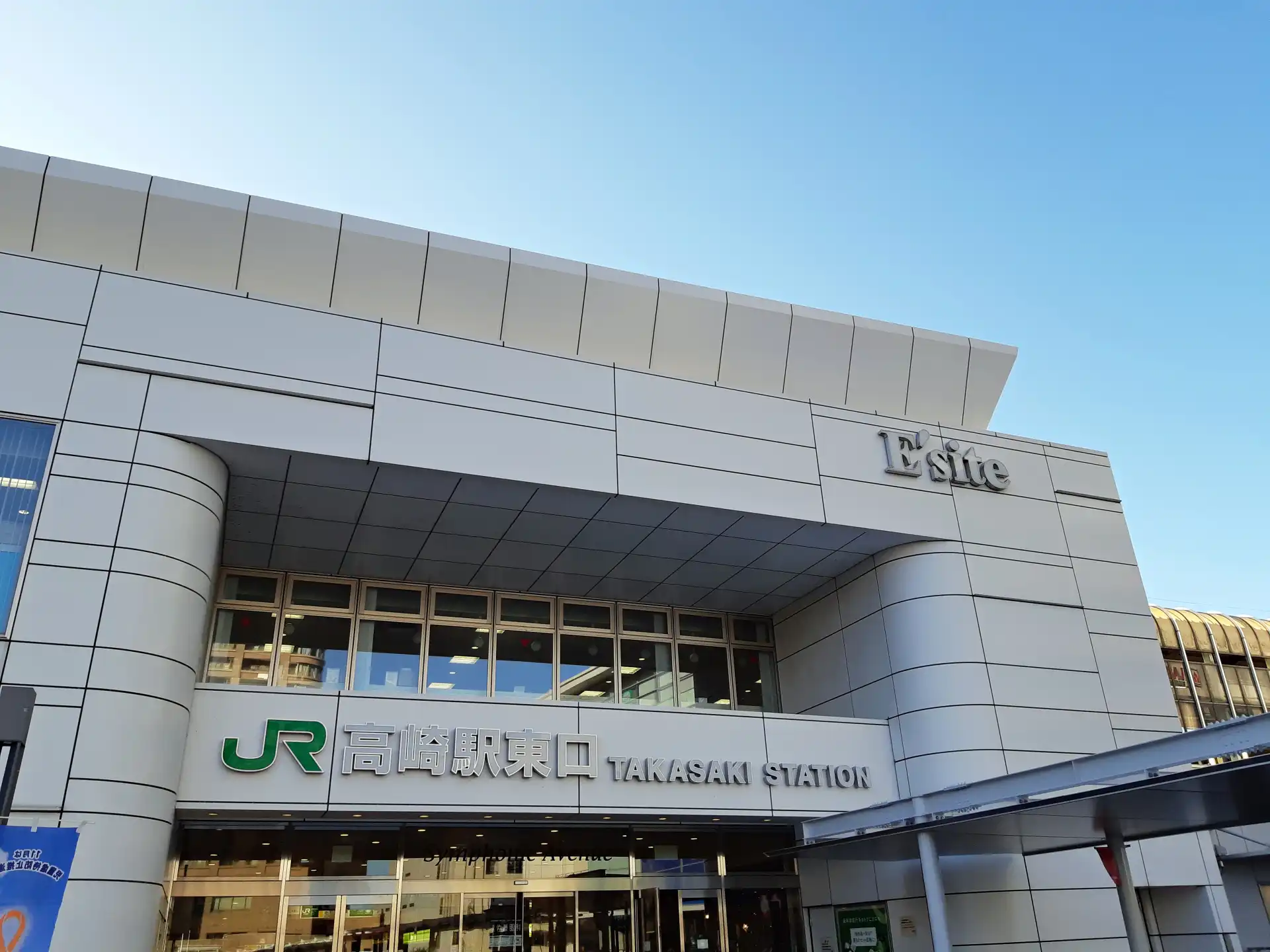
Takasaki Station is directly connected to E’site Takasaki, a large station mall where you can find souvenirs, snacks, and daily essentials without leaving the building. It serves as a convenient “eki-naka department store” for both commuters and travelers.
Inside, the popular Gunma Iroha shop offers a full range of local specialties such as Takasaki daruma dolls, Shimonita leek products, konnyaku goods, sake, and sweets like Tabigarasu. Compact items like mini daruma and Yaki Manju snacks are especially popular as gifts.
Day Trips and Attractions from Takasaki Station
Takasaki Byakue Daikannon
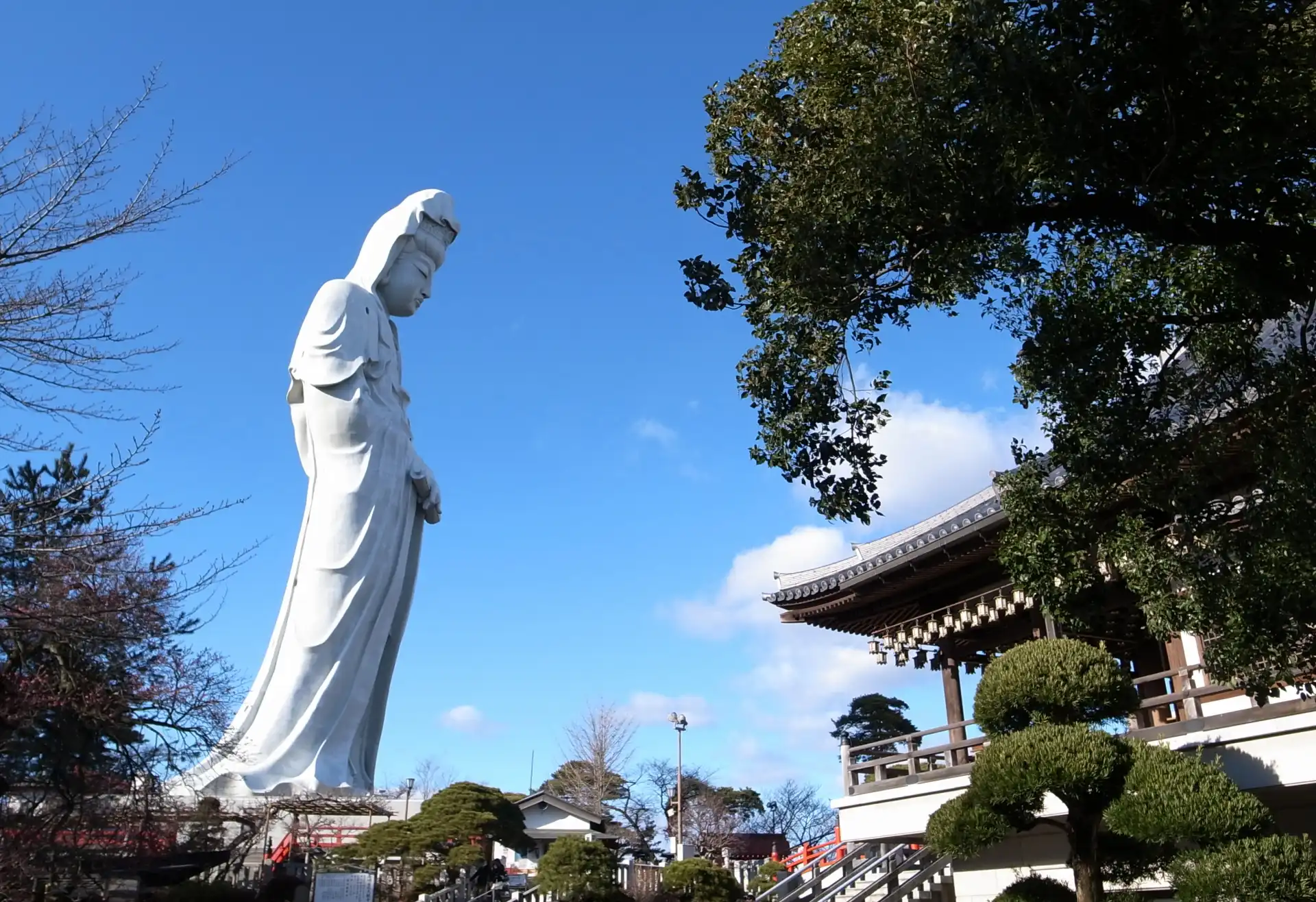
The Takasaki Byakue Daikannon is one of the city's most famous landmarks. This massive white statue of Kannon rises 41.8 meters above the city and offers wide views of the surrounding area. Visitors can climb inside to reach observation levels. The statue is reachable by local bus from Takasaki Station in about 20-30 minutes.
Shorinzan Daruma Temple
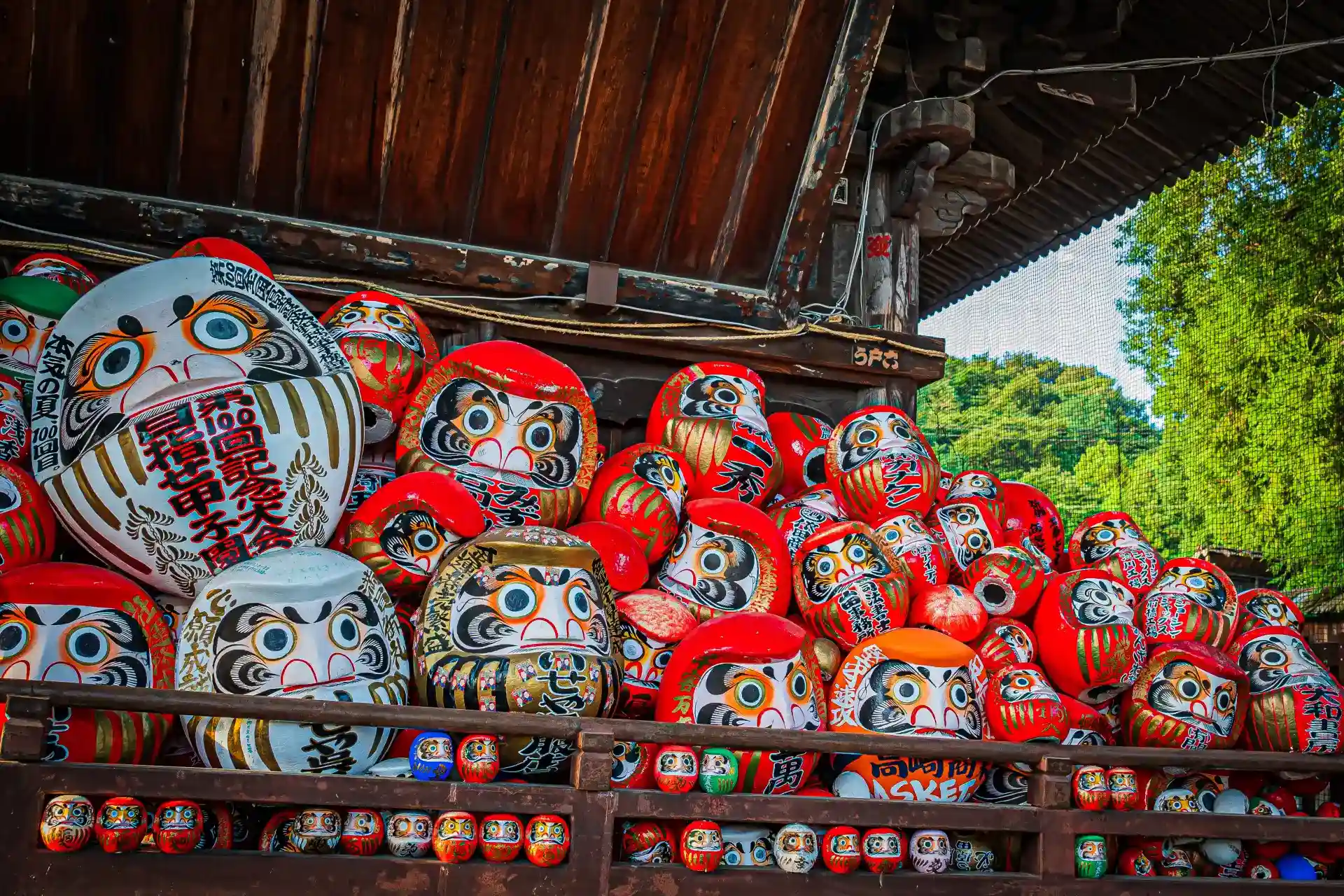
Shorinzan Daruma Temple is the birthplace of Japan's famous daruma dolls. These red, round dolls represent perseverance and good luck. The temple features traditional architecture against a mountain backdrop. Local buses connect the temple to Takasaki Station in about 30-40 minutes.
Kusatsu Onsen
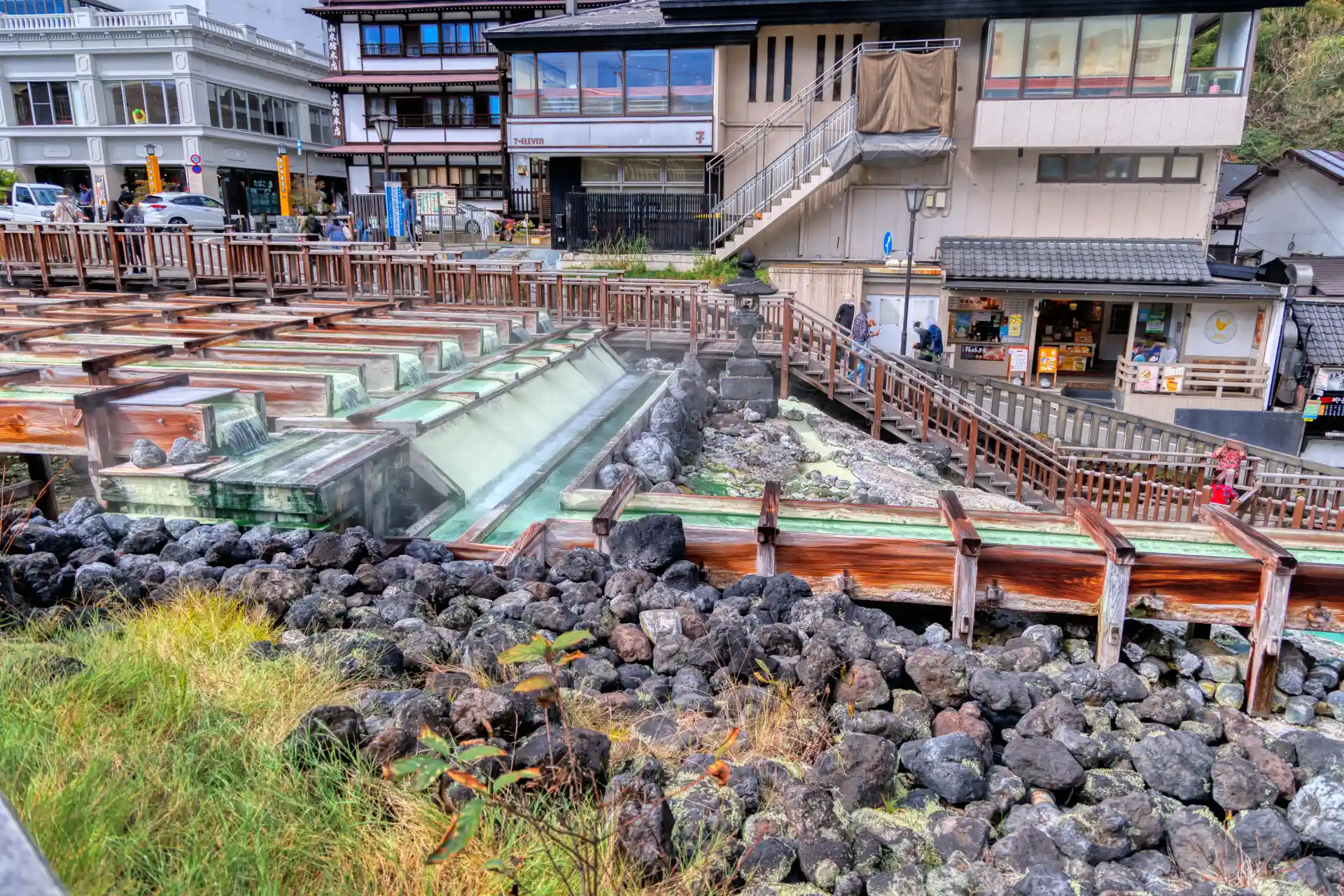
Kusatsu Onsen ranks among Japan's most famous hot spring destinations, known for its high-quality mineral waters. The town's central yubatake (hot water field) creates dramatic steam displays. Direct bus services connect Takasaki Station to Kusatsu Onsen in about 1 hour 15 minutes.
Ikaho Onsen
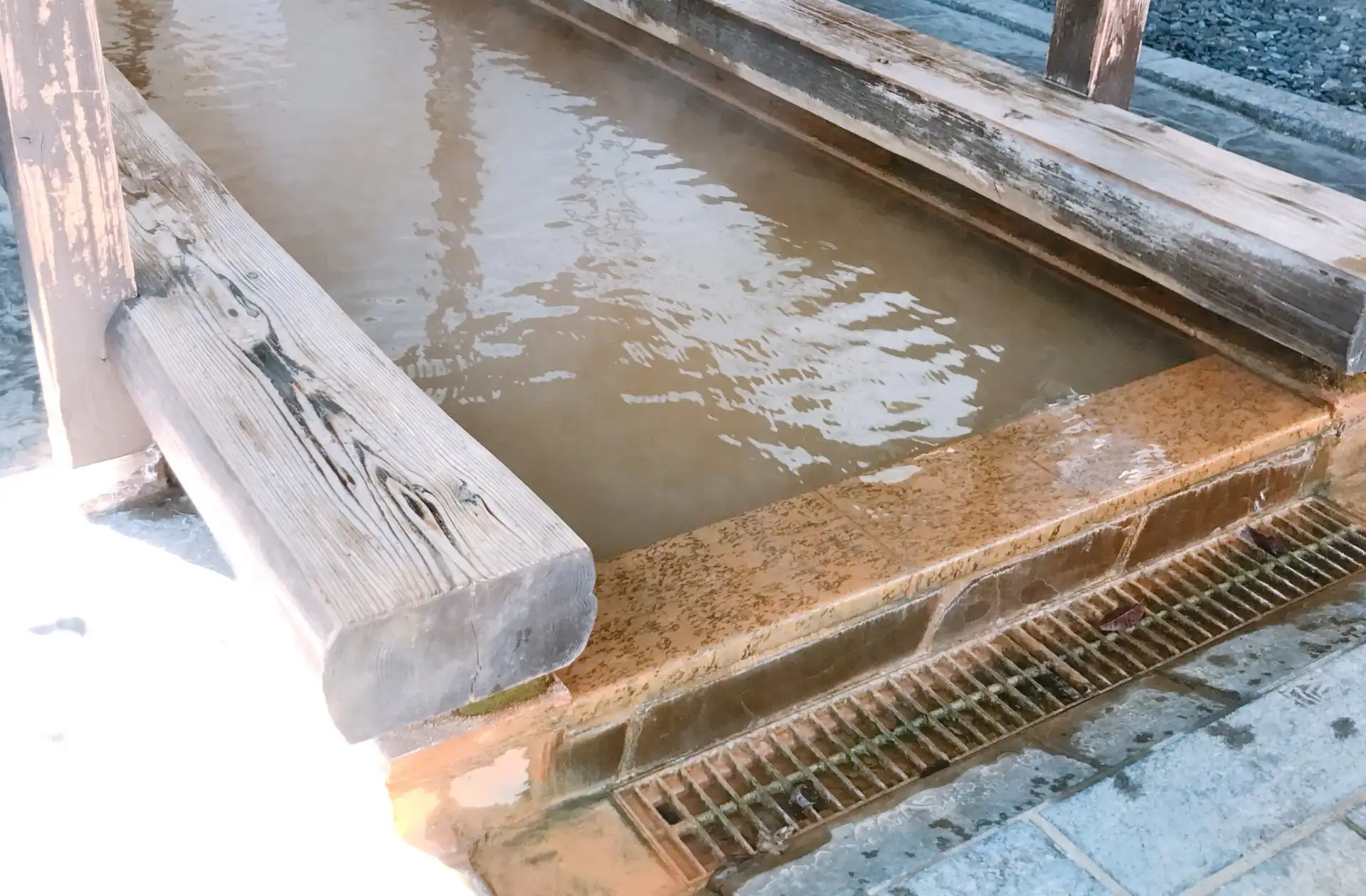
Ikaho Onsen is famous for its iron-rich waters that create a golden color. The town's stone steps and traditional architecture create a nice atmosphere for relaxation. Regular bus connections from Takasaki Station reach Ikaho Onsen in about 1 hour.
Minakami
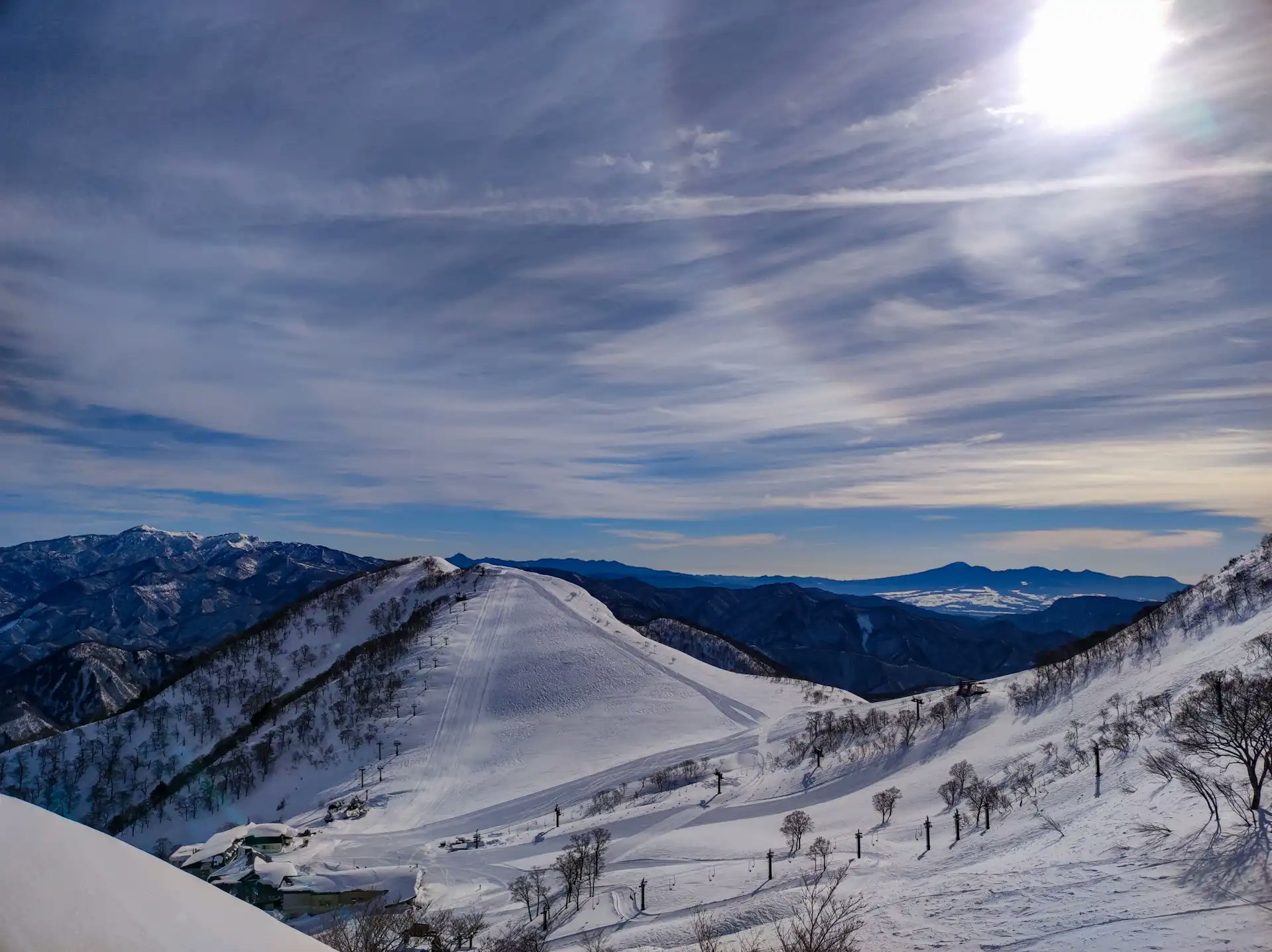
Minakami offers skiing, snowboarding, hiking, and river sports depending on the season. Train services connect Takasaki to Minakami via the Joetsu Line in about 1 hour. During winter, many ski resorts operate in the area. Summer activities include white-water rafting and mountain hiking.
Karuizawa
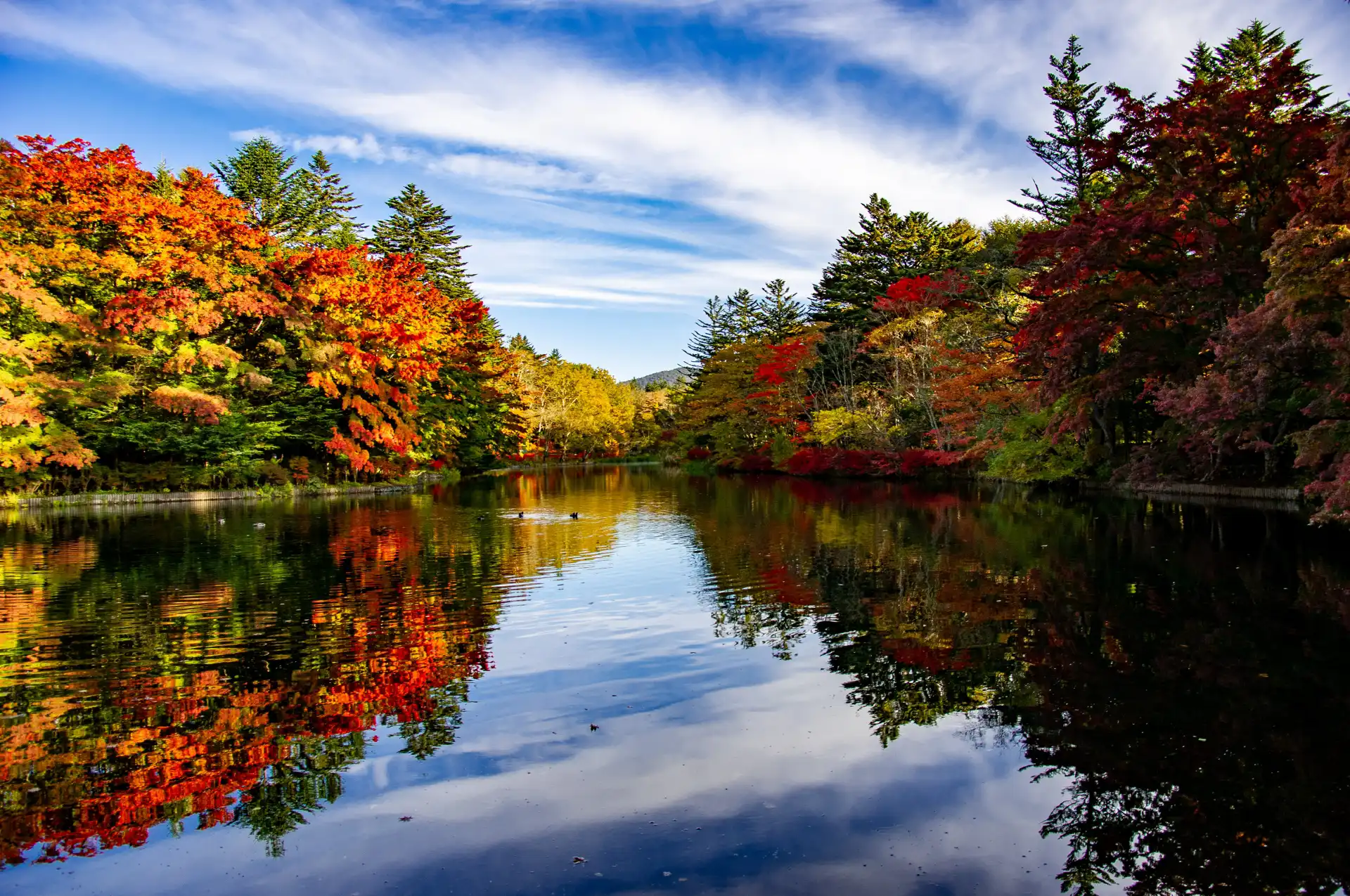
Karuizawa combines natural beauty with shopping and dining options. The area's cool mountain climate provides relief from summer heat and beautiful autumn colors. The Hokuriku Shinkansen connects Takasaki to Karuizawa in just 15-20 minutes, making it one of the most accessible day trip destinations.
Plan Your Visit
Takasaki Station's central location and excellent connections make it a great base for exploring northern Japan. From here, you can easily reach cultural sites, natural hot springs, and outdoor adventure areas.
It is one of Gunma Prefecture's major stations, where you can enjoy local food such as famous ekiben (train lunch boxes) and shop for regional specialties.
For the easiest travel planning, consider booking your Shinkansen tickets online with Japan Bullet Train. Their multilingual service helps international travelers skip the ticket counter and travel with confidence.

